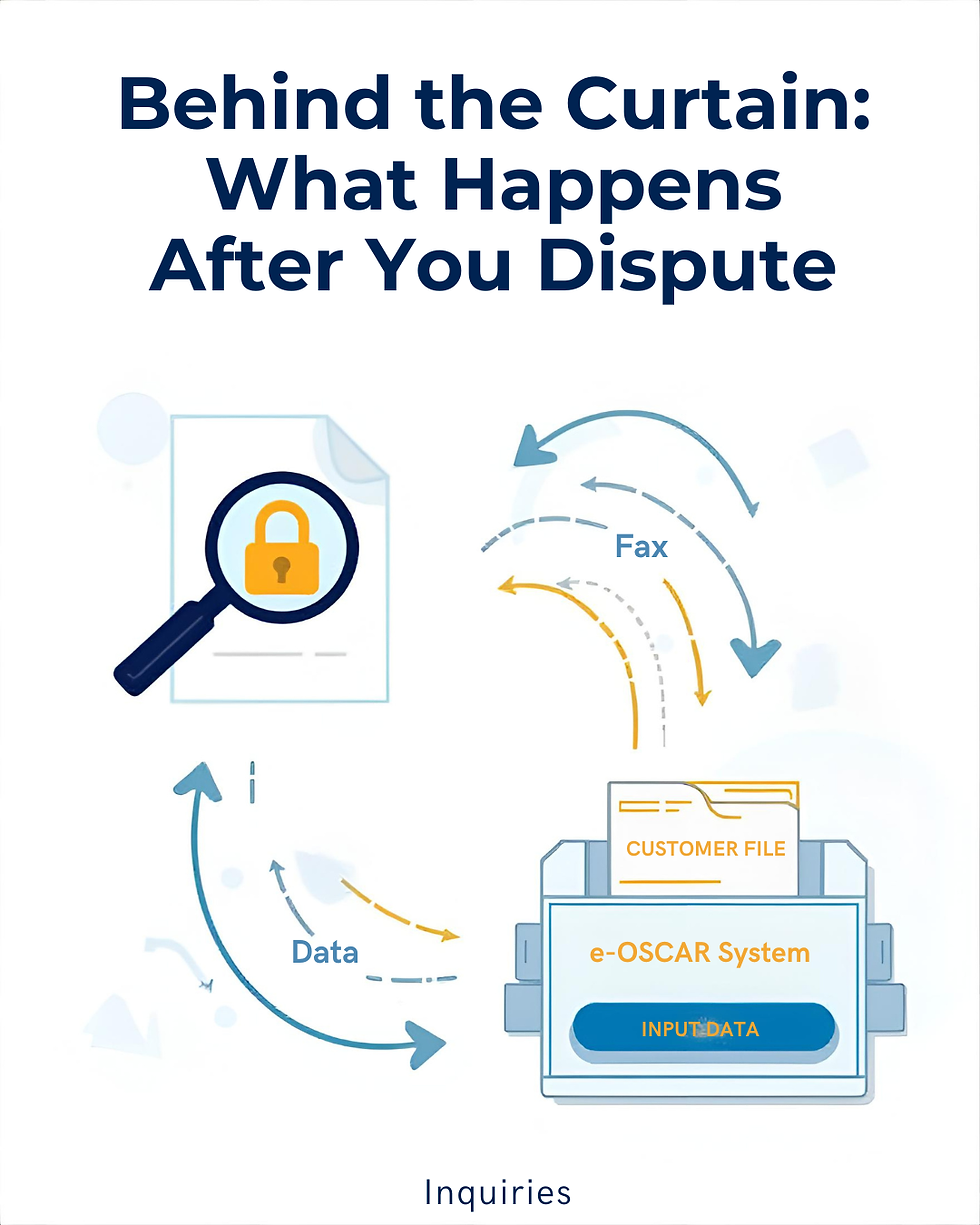“What Is a Charge-Off and How to Remove It From Your Credit Report”
- rebeccarobinson228
- Jun 24
- 2 min read
Updated: Aug 13
Seeing the words “charge-off” on your credit report? Don’t panic. A charge-off doesn’t mean your debt has vanished—it means your creditor gave up on trying to collect directly from you. And while it sounds final, it’s not the end of the road for your credit.
Here’s what a charge-off is, how it impacts your score, and the steps you can take to dispute or remove it.
What Is a Charge-Off?
A charge-off happens when you’ve missed payments for an extended period (usually 180+ days), and the lender writes the debt off as a loss in their books.
BUT — that doesn’t mean you don’t owe it.
They can:
Sell it to a collection agency
Still report it to the credit bureaus for up to 7 years
Keep hurting your credit in the meantime
Why Charge-Offs Hurt So Much
Charge-offs are considered major derogatory marks. That means:
Your score could drop 100+ points
You may get denied for loans, cards, or even apartments
It sends a big red flag to other lenders
And even if you pay it off, the charge-off status may remain — unless you dispute it.
Step 1: Review the Details on Your Credit Reports
Check Experian, Equifax, and TransUnion. Look for:
Different balances or payment statuses
Conflicting dates (especially “date of last activity”)
Duplicate entries (a charge-off AND a collection for the same debt)
These errors may violate FCRA § 611 and Metro 2 compliance standards.
Step 2: Request Validation from the Furnisher
Even original creditors must verify accuracy if you challenge the account. You can ask for:
Original contract or proof of liability
Accurate transaction records
Explanation of how the charge-off was calculated
If they can’t verify? You may have a case for deletion.
Step 3: File a Formal Dispute (with Facts!)
When filing with the bureaus, be specific:
Point out any conflicting info
Highlight any duplicate reporting
Mention outdated or unverifiable data
Example dispute reason:“This charge-off is reporting as ‘past due’ on Equifax but shows ‘closed’ on TransUnion. Under FCRA § 611, this is inconsistent and must be corrected or deleted.”
Step 4: Ask for a Pay-for-Delete (Carefully)
In rare cases, the original creditor may agree to remove the charge-off if you pay (this works best when it hasn’t been sold to collections).
Put your request in writing — always.
⚠️ Warning: Never pay without a written agreement. You could lose negotiation leverage.
Step 5: Let the Pros Help
If this all sounds like a lot… that’s because it is. But you're not alone. At Nygaard Credit Solutions, we help people every day legally challenge and remove charge-offs that are hurting their financial future.
📌 No scams. No “credit sweeps.” Just facts, laws, and results.
Let’s get that charge-off off your back.
Book a free consultation with a Certified Credit Consultant and we'll review your credit report together.
Don't forget to check out the Resources page for guides and templates**







Comments